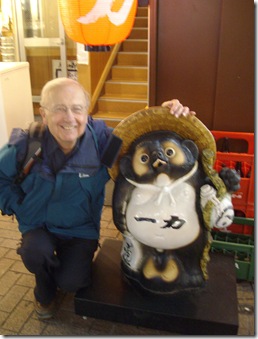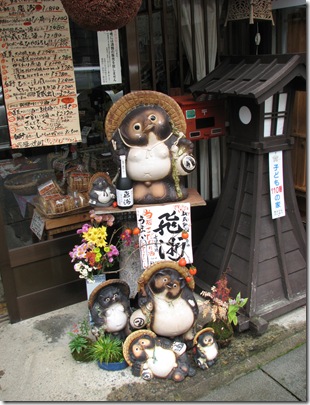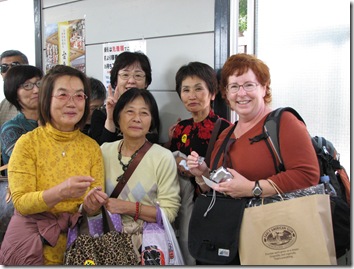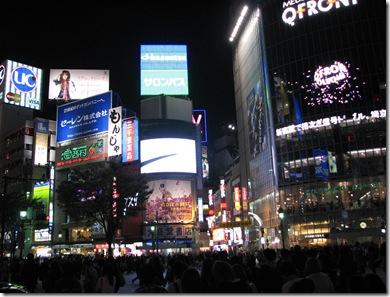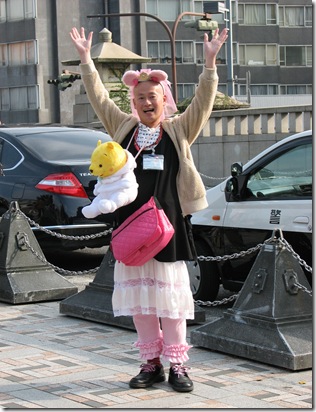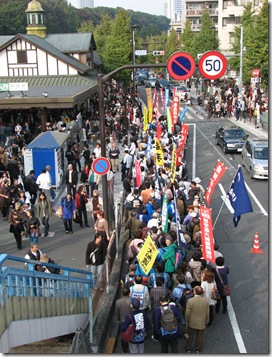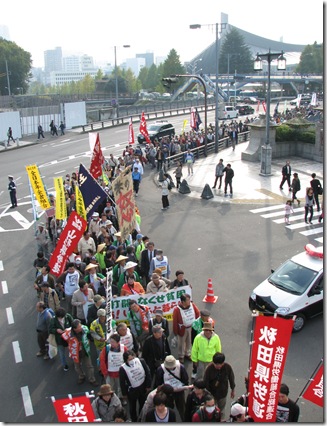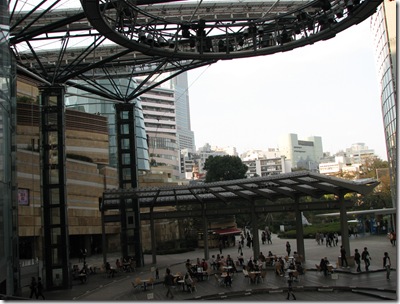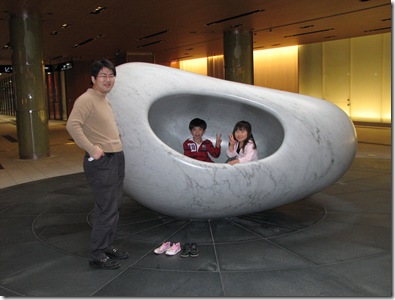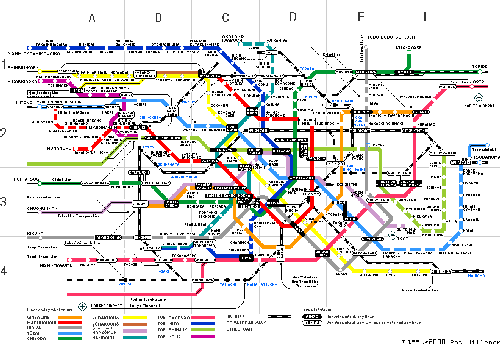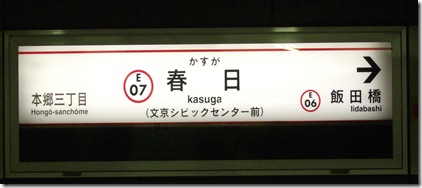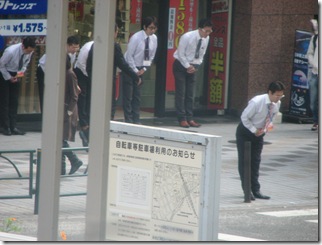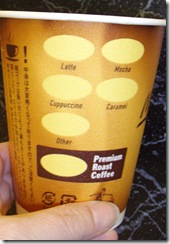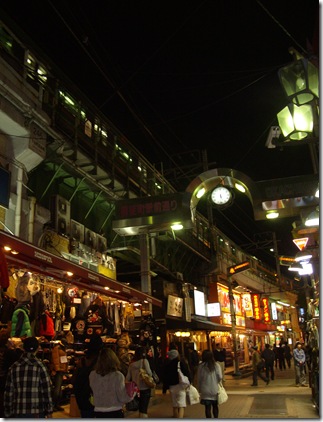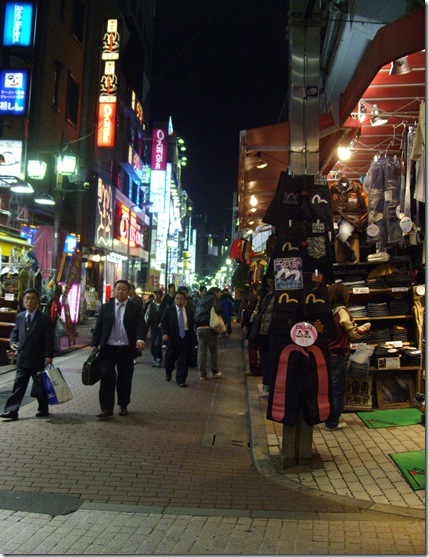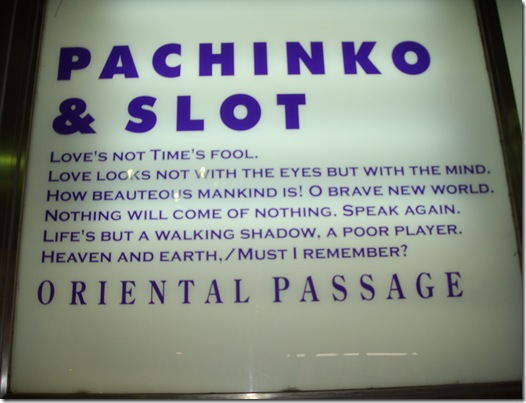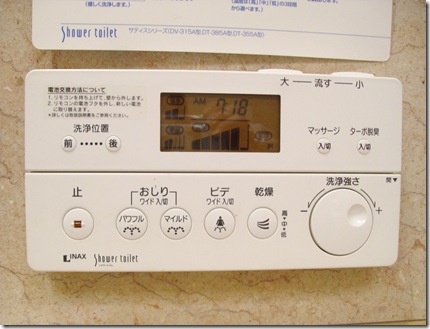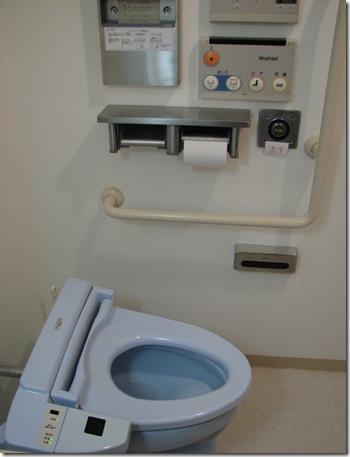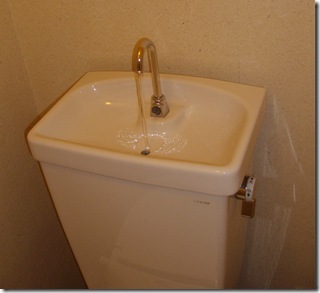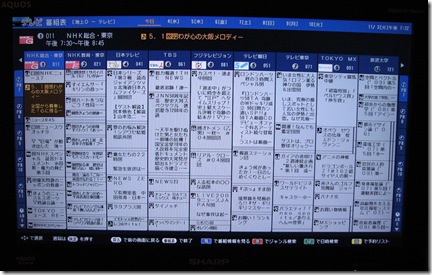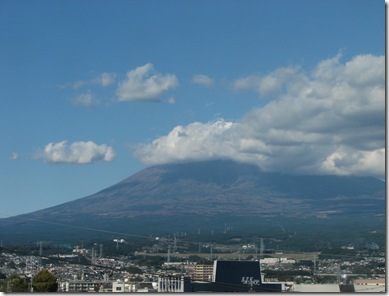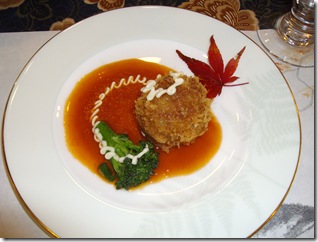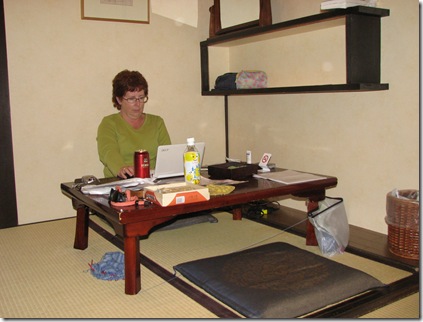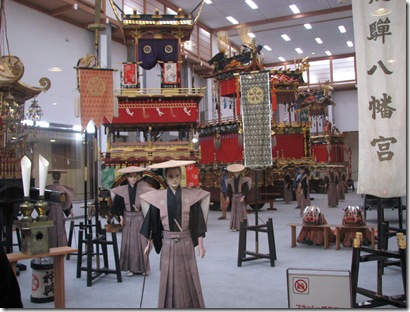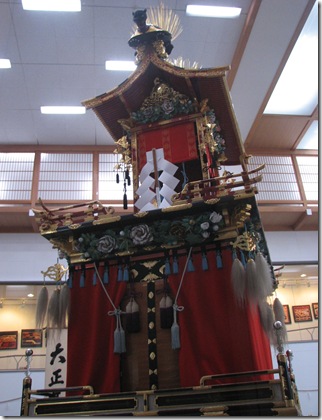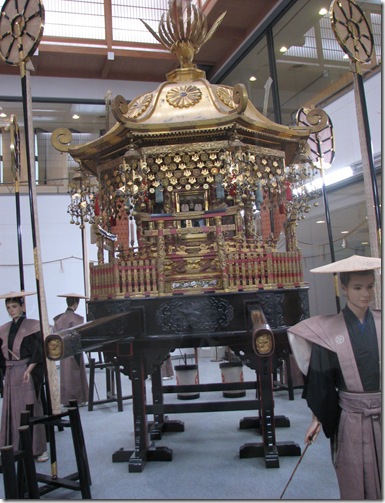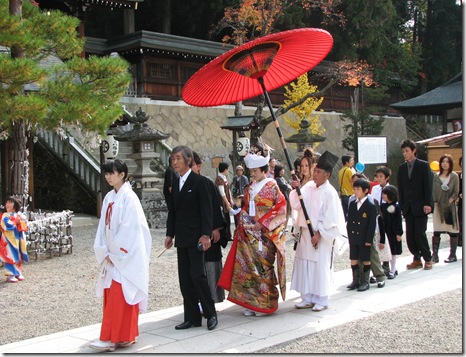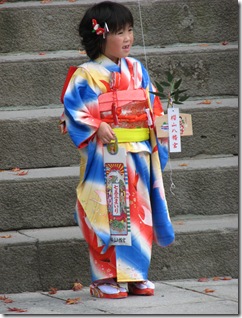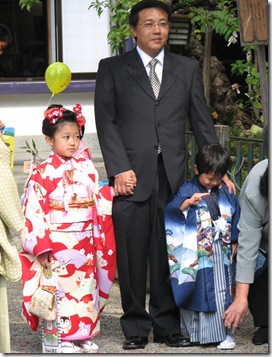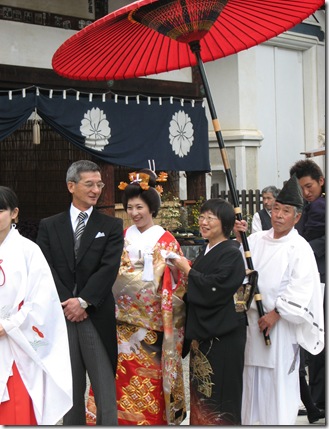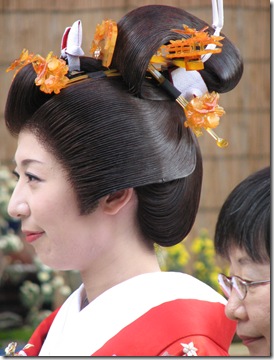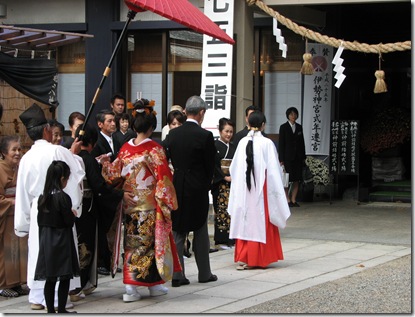Way back, when my family was living in Toronto we went on a vacation to Connecticut. While we were there we went to the far end of Long Island sound, where the lobster boats come in. One evening we were there when one of the boats arrived. It was full of lobsters, while was interesting and entertaining. But the big buzz on the dock was the fact that they had caught a big tuna. They had called ahead with the details, and the Japanese fish agents were there to meet them. The huge fish was deemed worthy, which meant big bonuses for everyone involved. And the fish was going by 747 from New York to Tokyo to the big fish market. I’ve always remembered that night and that great big fish.
This morning we got up at 4:00 to make our pilgrimage to the Tsukji fish market. We greeted the security guy as he opened the door to the subway at 5:00 a,m and waited with other early birds for the first train at 5:20. By 5:45 we were at the correct station. Even down in the subway we could smell fish and a group of tourists all streamed toward the market.
The market day begins at about 3:00 a.m. when the seafood and fish arrive from all over the world. Sometime after 5:00 the auction begins. Tourists have very restricted access to the auction itself, and it is difficult to get to the market early enough – night bus or taxi would do it, or a private tour. Anyhoo, by the time we arrived at 5:50 the auction was complete and the wholesalers were preparing their product. Most impressive and most important was the work on the fresh high quality tuna. These are enormous critters and it takes men with big knives to cut them up. See?


These knives are about 4.5 feet long. There are also saw like knives to get the party started:
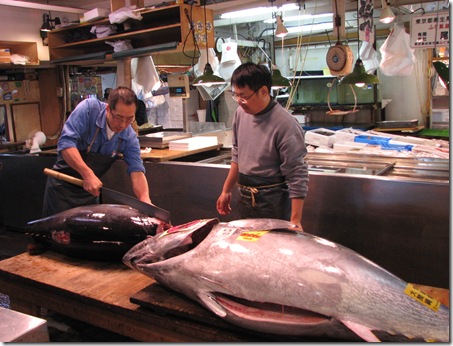
These fish are treated very carefully. As the big pieces are cut off they are carefully transferred to big boards, then moved on to the guys who cut them up into saleable chunks:

The price on this chunk is 7,000 yen per kilo – about $83.00/kilo.
They were still removing the frozen tunas from the auction area when we passed by – a little less gentle with these guys:
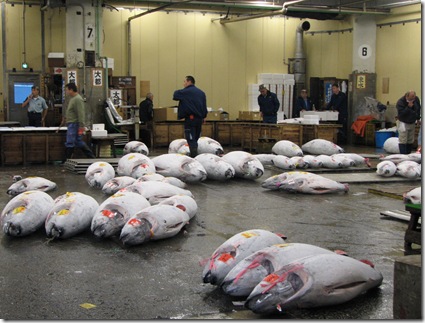
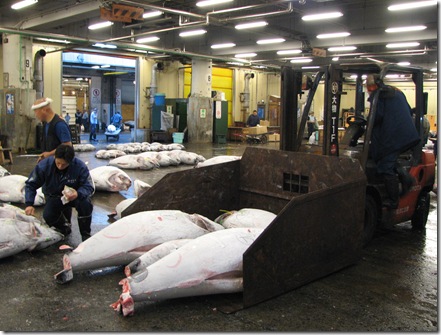
They get the band saw treatment. And there is every kind of fish or sea creature that you ever dreamt of on offer:

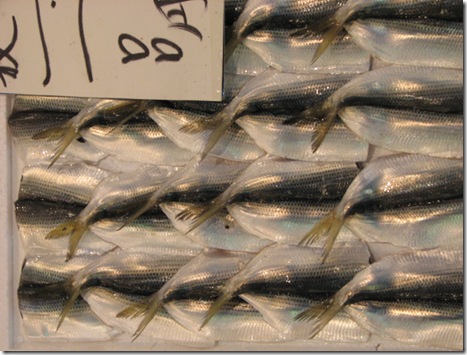
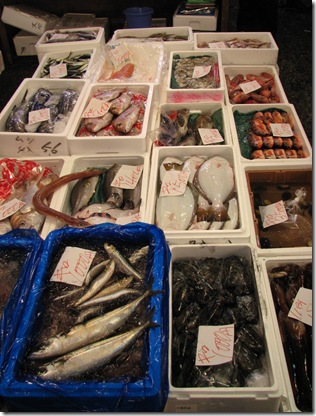
The market is a hive of activity. Anyone with business there is wearing rubber boots. Everyone else is stepping carefully! These guys are roaring through all over the place:
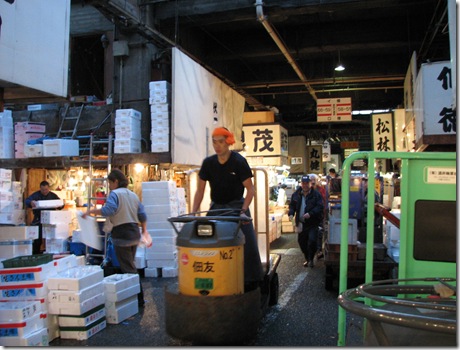
and since we are in their workplace they have the right of way. There are also guys with long wheel barrow type carts working their way through. And white Styrofoam containers everywhere. You can see in the above pictures that they are stacked on the floor full of product and up above in a storage area. Outside there is a huge fenced area with a front end loader smashing up all of the extras. The building is a big crescent shape and it has aisles and rows. After awhile the sea of critters in bins kind of organizes itself – each wholesaler has his own area, usually his own specialty, i.e. tuna, eels,shell fish,octopus, etc. Toward the back of the stacks of boxes there is a tiny little office with mama-san, who runs the phone and the cash register.
By 6:45 the merchants begin to arrive to buy their fish and seafood. We moved out to the outer market, which is a warren of streets around the main building. The restaurants begin opening at 7:00 and many had big lines already. There are also kitchen supply shops, vegetable shops, snack stands, you name it. We decided that the fitting end to our market adventure would be, of course, a fish breakfast, so we joined the crowd at a sushi restaurant. We ordered the tuna sampler – three grades of tuna sushi, one piece of ‘broiled’ fatty tuna and a tuna/pickle California roll. It was yummy . The broiled tuna actually just had a pass of a blow torch over it! Not often we can claim our breakfast was cooked with a blow torch!
By8:30 am we were standing on the street, fed and vastly entertained. I got to see the other end of the journey that tuna made all those many years ago, And that was only the first of the adventures for the day.

